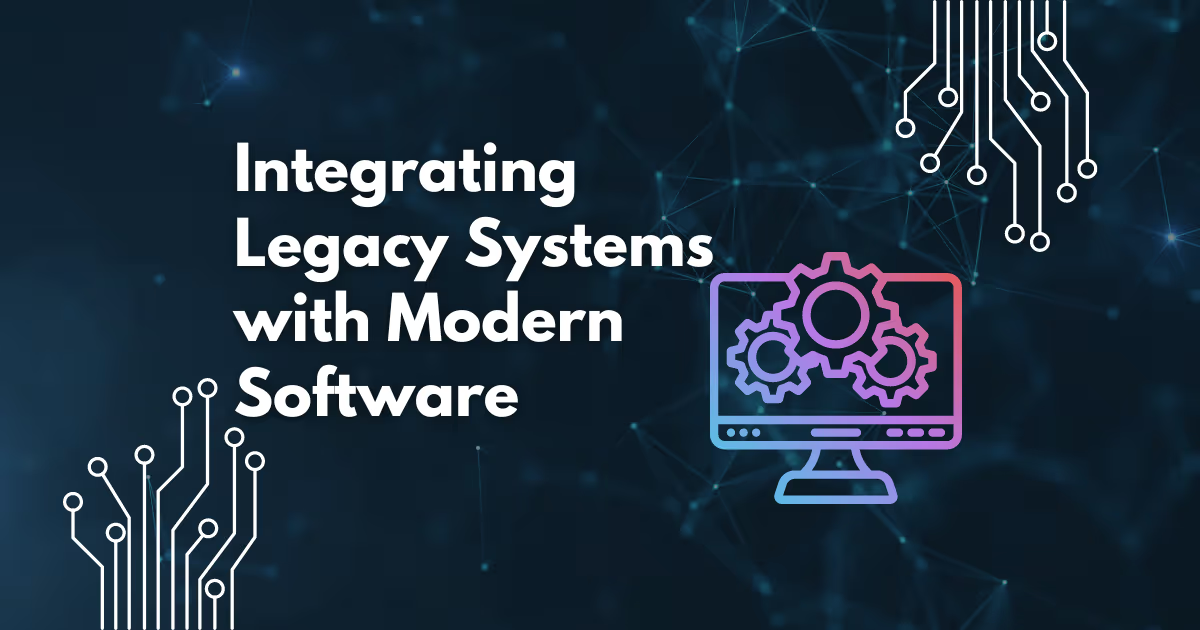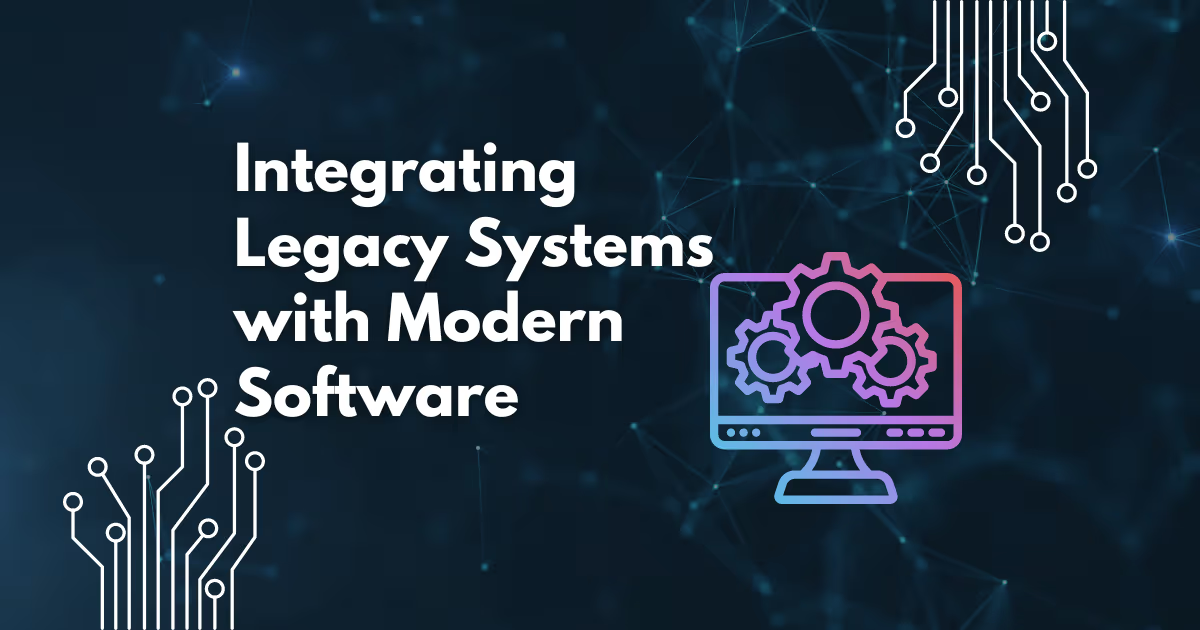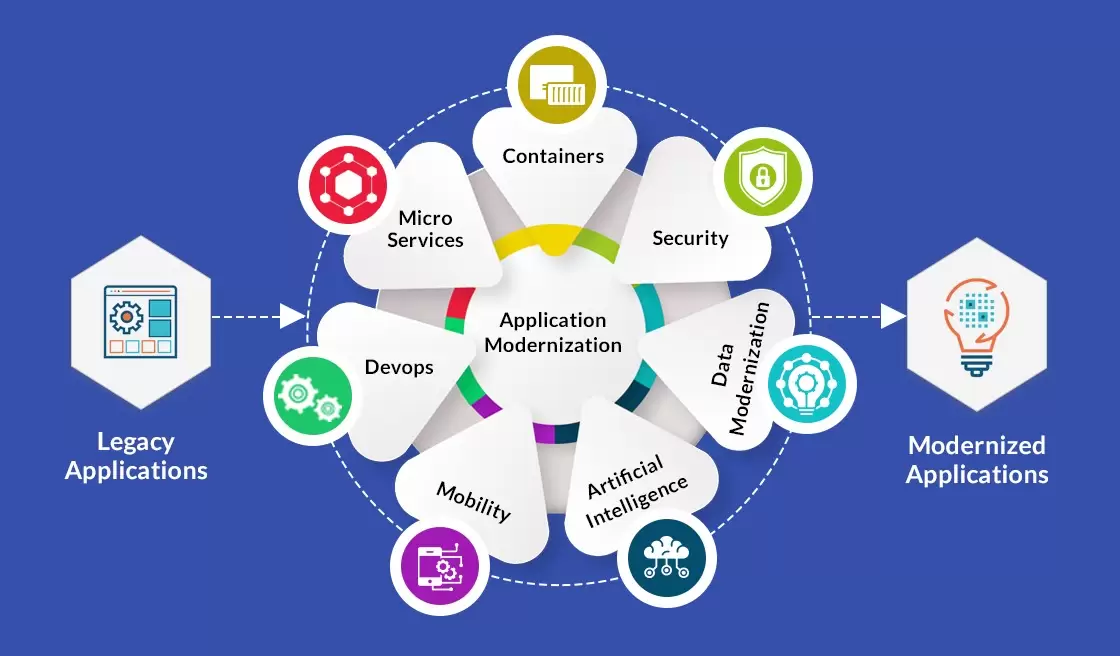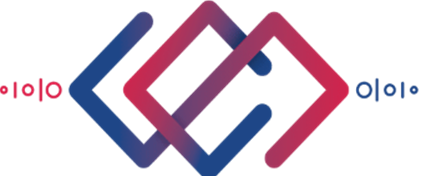The construction industry has always been a powerhouse for economic growth but has traditionally been slow in adopting new technologies. With the rise of Artificial Intelligence (AI) we are witnessing a revolution that enhances productivity reduces costs and improves safety. AI is shaping the future of construction with smarter decision-making better planning and automation of tedious tasks.
How AI is Transforming Construction
AI is changing construction in multiple ways. From predictive analytics to autonomous machinery the industry is shifting towards more efficient solutions.
Predictive Analytics for Risk Mitigation
AI-powered predictive analytics helps construction firms identify risks before they occur. Machine learning algorithms analyze past project data weather conditions and other risk factors to provide forecasts that help decision-makers. AI tools can also predict material shortages labor inefficiencies and potential cost overruns enabling proactive adjustments.
Potential Drawbacks
- AI requires high-quality data for accurate predictions
- Initial implementation costs can be high
- May require integration with existing software systems
AI-Powered Project Planning
AI software is revolutionizing project management with smart scheduling tools. AI can predict project delays suggest improvements and optimize resources. It can automate project scheduling by analyzing past project performance and real-time site data to generate optimal construction schedules.
Challenges
- AI suggestions still require human validation
- Data security risks when using cloud-based AI tools
- Adoption barriers due to the traditional nature of the industry
Robotics & Automation in Construction
AI-powered robots are taking over repetitive labor-intensive tasks such as bricklaying excavation and welding. This helps in reducing labor costs while improving precision and efficiency. Autonomous drones and self-operating machinery are now used to monitor construction progress and conduct quality inspections with extreme accuracy.
Downsides
- High initial investment in robotic technology
- Need for skilled workers to operate and maintain AI-powered machines
- Potential job displacement requiring worker retraining programs
AI in Construction Safety
Safety is a critical concern in construction. AI-powered systems use computer vision to detect safety violations and prevent accidents before they happen. Wearable AI devices help monitor worker health by tracking fatigue levels and alerting managers about potential hazards.
Considerations
- AI cannot replace human judgment entirely
- False positives in safety alerts may cause workflow disruptions
- Dependence on real-time data connectivity for accurate predictions
AI for Sustainable Construction
AI is also playing a vital role in making construction more environmentally friendly. It optimizes energy efficiency material usage and waste reduction. AI-based designs help architects and engineers create eco-friendly buildings that consume less energy while maintaining durability.
Limitations
- AI-based green construction methods require significant initial investment
- Adoption rates are slower due to industry resistance
- Data-driven sustainable strategies need accurate environmental impact assessments
People Are Always Asking
Can AI fully replace human workers in construction?
No AI enhances human capabilities rather than replacing them. Skilled professionals will always be needed to supervise AI-powered solutions. AI assists in automation but cannot handle complex decision-making and unexpected on-site challenges like humans can.
How much does AI implementation cost in construction?
Costs vary based on the scale of implementation. Small firms may start with basic AI tools while larger enterprises can invest in fully automated systems. The return on investment (ROI) for AI adoption depends on efficiency gains and long-term savings.
Is AI safe to use on construction sites?
Yes AI improves safety by analyzing risks and providing real-time alerts reducing the chance of accidents. AI-powered wearables and monitoring systems provide instant feedback ensuring compliance with safety regulations.
What is the future of AI in construction?
The future of AI in construction includes self-healing materials AI-powered 3D printing for on-site construction and autonomous construction equipment. AI is expected to continue revolutionizing how buildings and infrastructure projects are designed managed and completed.
Expert Insights: Tamer Badr’s Opinion
Tamer Badr the owner of Singleclic believes AI is the future of construction. He states “AI-driven solutions in construction are game-changers. They enhance efficiency cut costs and improve site safety. Companies that fail to adapt will be left behind. AI is not just an option it’s a necessity for staying competitive.”
Reviews from Construction Professionals
- Ahmed El-Sayed Project Manager: “AI helped us reduce project delays by 30%. The insights we get from predictive analytics are invaluable.”
- Sarah Johnson Safety Engineer: “AI-based safety monitoring has significantly improved our compliance and reduced accidents.”
- Mohammed Al-Masri CEO of a Construction Firm: “Implementing AI was a challenge at first but the productivity gains were worth it.”
- James Walker Site Supervisor: “AI-powered drones give us real-time updates on site progress. This has transformed how we manage construction timelines.”
Reference & Further Reading
Final Thoughts
AI is transforming the construction industry by increasing efficiency improving safety and optimizing resource allocation. It is also driving sustainable innovation and reducing environmental impact. While there are challenges such as high costs and data security risks the long-term benefits make AI adoption a necessity. Companies that embrace AI will stay ahead while those that ignore it risk falling behind. The future of construction is AI-driven and the time to act is now.








